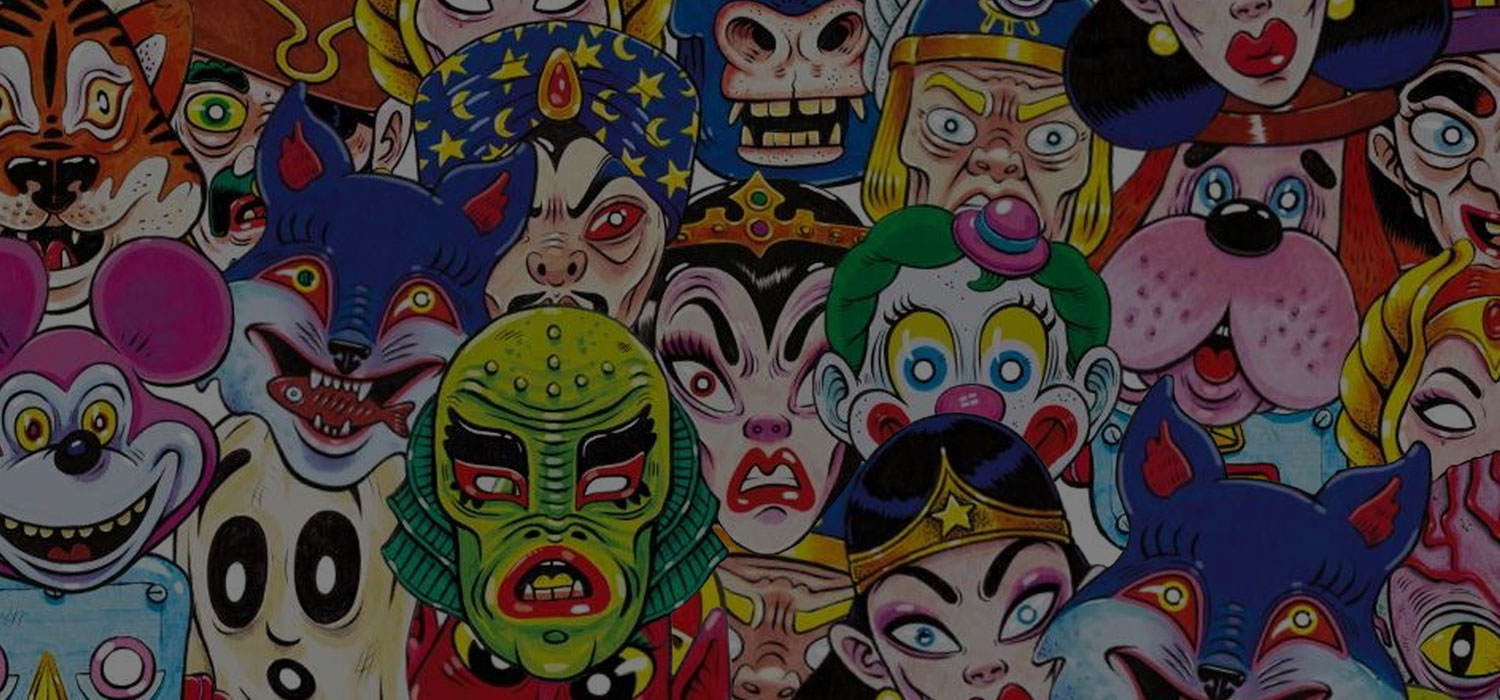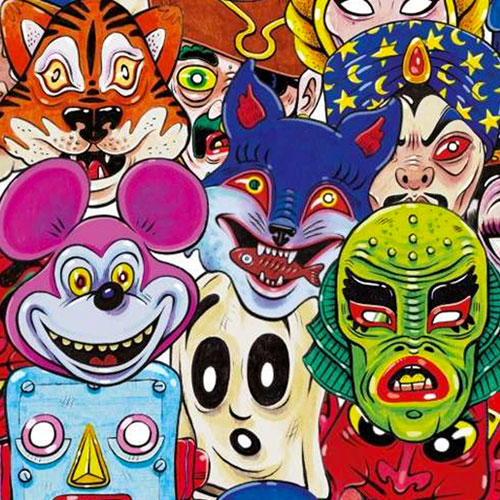
Between the 1st and the 6th of March 2019 different Carnival celebrations take place all around Madrid. Costumes, music, dances, parades, “manteo del pelele” and many other activities with lots of humor ore offered during these days of popular participation.
Last year, the majority of these festive activities were carried out in Puente de Vallecas and Retiro, but this year they moved them out to La Prospe and Chamartín neighborhoods, staging most of the acts in the Berlin Park. But if we take a look at the festivities program, we’ll see that there are other essential appointments in other locations around the city.
The opening speech takes place on Friday, March 1, under the direction of Aviador Dro and his “Obreros Especializados”. It will be in the Berlin Park at 8pm, and from this point we can all start five days (Monday rest) of celebrations.
One of the biggest attractions of these especial dates is the Carnival parade. It is a multicultural parade with costumes, music and a lot of color. It is, without a doubt, one of the funniest events of these holidays. The parade will depart from the Berlin Park at 11 a.m. on Saturday the 2nd.
A specialized Carnival Radio will be announced on Friday afternoon and Saturday morning. With Elena Cabrera and the Incredibles Hul as hosts, the music played will increase your party & costume mood, and people will say things that they hide during the rest of the year. It can be heard live in the square and on the radio M21, 88.6FM.
A very important tradition of the Madrid Carnival is the “manteo del pelele”. Surrounded by melodies created with dulzainas and bagpipes, a human size rag doll representing a public figure who deserved some “punishment” and reprimand, is carried and thrown all the way up from hand to hand across the streets. It takes place on Carnival Sunday at 11am, also in the Berlin Park. This activity is a reference to Goya’s painting “El pelele”, which he painted it in 1792 and that is currently exhibited in the Prado Museum.
The Círculo de Bellas Artes also preserves the tradition of mask ball. In a very wild night, thousands of drinks, costumes, songs and a lot of fun run until dawn. This festival has been held since 1891, inspired by the carnivals of Venice. It will be hosted at the headquarters of the Círculo de Bellas Artes on Saturday, March 2, from 11pm.
Another Costume Dance is celebrated in the Berlin Park, the same day but starting at 5:30pm. The Chamartín Symphony Orchestra Foundation is one of the main participants, and later in the night (from 9:00pm) a performance by the Mondragón Orchestra will be the perfect closure for a very busy day.
For Tuesday 5th, the II Sample of Comparsas Madrileñas is reserved at 7pm at the Nicolás Salmerón School. This is a tradition from Cadiz which was adopted for the first time last year, and that will be performed from now on due to the consolidation of its success. Several musical bands and crews show their repertoire of catchy ironic songs that criticize the socio-political panorama.
Another attraction of the Madrid Carnival is the official dessert that thanks to “El Sardinero” can be tasted in different parts of the capital thanks to a big collaboration between pastry shops and restaurants with the city of Madrid. It is a dessert in the shape of a sardine, that is usually covered with chocolate and that usually runs out in many bakeries and shops during these holidays. Although most of the versions are sweet, there are also salty versions, because each chef has his own recipe. The tradition of this dessert started in 2017 and now it aims to consolidate itself as “a must” in the upcoming years.
As every year, the closing ceremony of the Carnival is defined by the “Burial of the Sardine”. Departing from the hermitage of San Antonio de la Florida at 5:30pm, a fun and exotic funeral procession will parade toward the banks of the Manzanares River and proceed to bury “the unfortunate fish”.
The funeral takes place at the Fuente de los Pajaritos, in the grounds of the Casa de Campo around 11pm. Tradition says that Charles III ordered to bury a batch of rotten fish near the river due to the bad smell. This event was portrayed by Goya in the painting called “The Burial of the Sardine”, which is shown at the San Fernando Museum of Fine Arts.
The ceremony is accompanied by Giants and Bigheads with the most colorful costumes and ornaments. The “cofrades” usually wear black, matching the tragic moment and sadness. And if you look carefully, you will see that they usually have decorative sardines attached to their lapels and flaps.
The act finishes with a big bonfire that symbolizes the burning of the bad happenings and memories of the year, and the legend says that the ashes represent the joy and peace that are characteristic of the people of Madrid.


